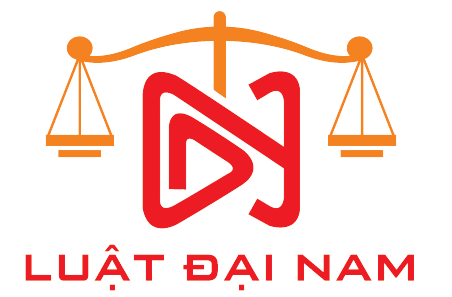With the volume of orders and average net sales prices in place, we can calculate the company’s estimated revenue by multiplying the number of orders and the average price. Depending on the level of detail in your financial model, you may also wish to add other assumptions, such as returns, refunds, exchanges, chargebacks, and other items that may net out. You may also wish to include customer-level detail like total customers, retention rate, and churn rate. Many experts believe that bottom-up forecasting offers a more realistic financial view than the top-down forecasting model. Unlike top-down forecasting, bottom-up sales forecasting methodologies project revenue by multiplying the average value per sale by the number of prospective sales per product.
- They have their own pros and cons but also work together in ways that can be beneficial to your business.
- Generally speaking, higher-level organizational components like sales, labor, and overall operational costs should be incorporated.
- Bottom-up forecasting, a process in which individual business units and projects or products are the basis for forecasting, is increasingly popular among businesses.
- If your top-down and bottom-up forecasts differ significantly, you should be sure to investigate the cause of any discrepancies.
- Bottom-up forecasting is a method of estimating a company’s future performance by starting with low-level company data and working “up” to revenue.
Once all of the relevant components are established, it is important to ensure that the assumptions formed for the forecast are accurate and achievable. Before delving further into the process, let’s look at some tips for determining which components to include when creating the bottom-up financial model forecast. The weighted average cost of capital (WACC) plays an important role in the bottom-up financial model. WACC is determined by the return the investor requires for investing in a company’s project/operation/business. It is a key metric used to help business owners make investment decisions, therefore it is essential to determine an accurate WACC. They need to forecast the demand for their products daily to ensure that they have enough stock.
Bottom-Up Forecasting
You may also want to consider any changes in your business model, pricing structure, or product line, as these can impact future sales. But with a single, unified platform for support, forecasting can shift from a critical gap to a seamless, highly valuable component of your business. For example, some retailers may see a high proportion of annual sales in the Holiday season (calendar Q4) so this ought to be reflected in the modelling process.
It is a very helpful methodology when a company has a key product or where investors can see details of sales (such as retail or consumer data). This financial modelling can be helpful in monitoring these data points and monitoring the sales performance. Here, companies will still consider sales channels but look at variables like the number of active subscriptions, churn rate, and pipeline coverage to forecast revenue. As you can see there is a heavy focus on financial modeling, finance, Excel, business valuation, budgeting/forecasting, PowerPoint presentations, accounting and business strategy.
Bottom-Up vs. Top-Down Forecasting
With products or services at different price points, they’ll need to determine the average cost, considering things like discounts or promotions. However, they may add other variables into their model, like returns, refunds, and exchanges. Bottom-up forecasting can result in more accurate forecasts, improved performance, new opportunities, and decreased risk. With key steps of implementation in mind, businesses should consider the potential benefits to their company and consider implementing a bottom-up forecasting model.
What is Bottom-up Forecasting?
The purpose of a bottom-up forecast should be to output informative bottom up forecasting data that leads to decision-making supported by tangible data.
Remember, the key to successful Bottoms Up forecasting lies in its detailed data collection and analysis approach. With enough diligence and attention to detail, your forecast can be an effective tool for growth and stability in an unpredictable market. This approach requires a commitment to data collection and management, but in business, information is power.
Additionally, it can be difficult for businesses to access accurate sales activities if they are a new company or don’t have a well-developed reporting system. Bottom-up forecasting, as the name implies, is a method of forecasting where you start at the ‘bottom’ or the base level of detail. Instead of starting with a big picture, like in top-down forecasting, bottom-up forecasting focuses on the micro-level details. This could mean starting by analyzing individual product lines, sales reps, or even specific customers.
It’s contrasted with top-down forecasting, which relies on macroeconomic trends and other broad indicators to predict what will happen in the future. Aside from internal data, external resources can be an invaluable source of information. Market research reports, industry publications and economic forecasts can give you a broader view of the market in which your business operates. It’s essential to remember that while these sources can provide useful data, they should be used to supplement your internal data, not replace it. With top-down forecasting, profits from various products and regions are averaged together rather than considered item-by-item.








